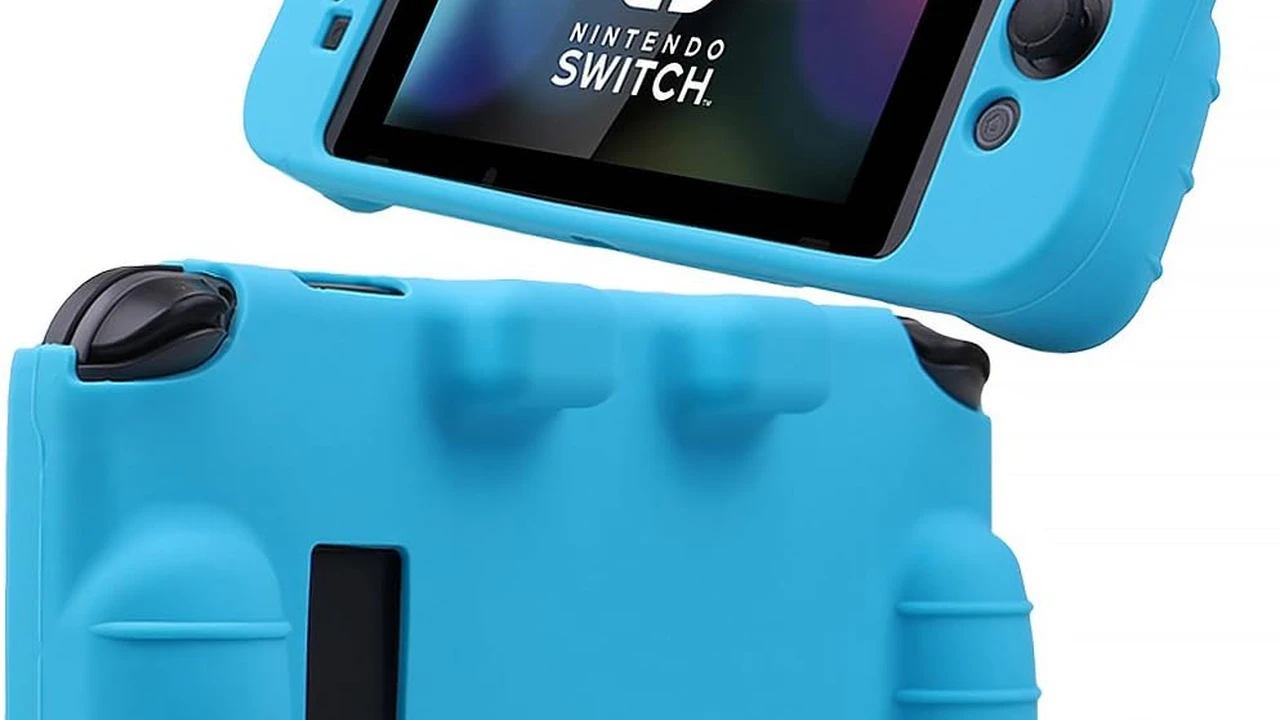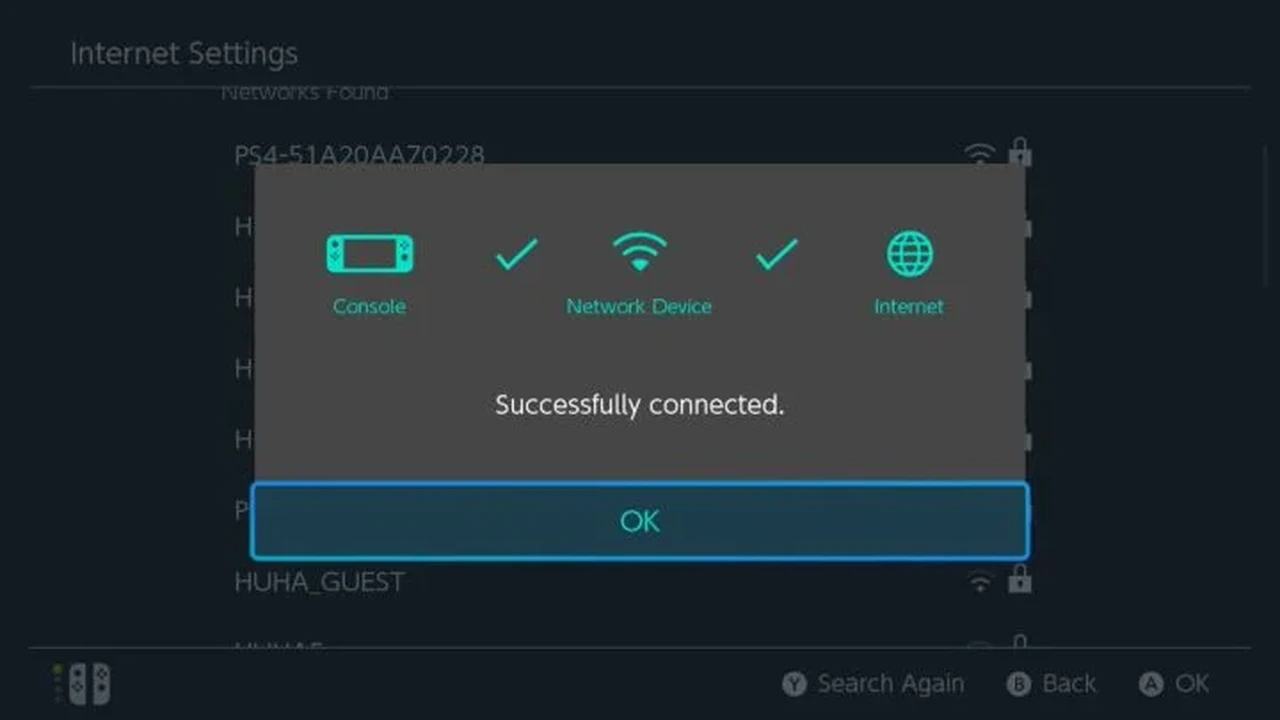Nintendo Switch 2 Cooling System Analysis
A look at the potential cooling system improvements for the Nintendo Switch 2 to prevent overheating.

Nintendo Switch 2 Cooling System Analysis
Hey everyone, let's dive deep into something super important for any new console, especially one that's going to be pushing boundaries like the rumored Nintendo Switch 2: its cooling system. Nobody wants a console that sounds like a jet engine or, worse, throttles performance because it's getting too hot. We've all been there with our current tech, right? So, what can we expect from Nintendo's next big thing in terms of keeping things chill?
Why Nintendo Switch 2 Cooling Matters So Much
Think about it. The original Switch, while revolutionary, sometimes struggled with heat, especially when docked and running graphically intensive games. You'd hear the fan whirring, and some users even reported performance dips. With the Switch 2 expected to pack a more powerful processor, likely a custom NVIDIA Tegra chip, and potentially higher resolution output, the heat generated is going to be significantly more. This isn't just about comfort; it's about sustained performance, console longevity, and overall user experience. A well-designed cooling system means smoother gameplay, less noise, and a console that lasts longer. It's a critical component that often gets overlooked in the hype of new features, but it's absolutely vital.
Nintendo Switch 2 Cooling System Rumors and Leaks
So, what's the word on the street? While Nintendo is notoriously tight-lipped, there have been whispers and patent filings that give us some clues. One recurring rumor points to a more robust active cooling solution. The original Switch uses a single fan and a heat pipe. For the Switch 2, we might see an upgraded fan design, possibly larger or with more efficient blades, coupled with an improved heat pipe system, perhaps even multiple heat pipes or a larger heatsink. Some speculation even suggests a vapor chamber cooling solution, which is more common in high-end gaming laptops and some smartphones. This would be a significant upgrade, allowing for much more efficient heat dissipation across a larger surface area. Another interesting tidbit from patent filings hints at a potential dynamic cooling system that adjusts fan speed and heat dissipation based on the console's current workload, rather than just a fixed fan curve. This would be smart, as it means the fan only ramps up when truly necessary, keeping noise levels down during less demanding tasks.
Comparing Nintendo Switch 2 Cooling to Current Consoles
Let's put this into perspective. The PlayStation 5 and Xbox Series X are behemoths with massive cooling solutions, including large fans and intricate vapor chambers. They need it, given their raw power. The Switch 2, while more powerful than its predecessor, is still expected to be a hybrid handheld. This means Nintendo has to balance powerful cooling with a compact form factor. It's a delicate dance. Compared to the Steam Deck, which also uses a single fan and heat pipe, the Switch 2 might aim for a similar or slightly more advanced setup, especially if it's targeting higher resolutions or frame rates. The key difference will be Nintendo's optimization of the hardware and software working together to manage thermals efficiently. They've always been masters of efficiency, so we can hope for some clever engineering here.
Potential Cooling System Technologies for Nintendo Switch 2
Beyond just bigger fans and more heat pipes, what other tech could Nintendo employ? We're talking about a few possibilities here:
Advanced Thermal Paste and Interface Materials for Nintendo Switch 2
It might sound minor, but the thermal paste or liquid metal used between the processor and the heatsink plays a huge role. High-quality thermal interface materials can significantly improve heat transfer. Nintendo could opt for a more premium thermal paste or even explore liquid metal solutions, though the latter comes with manufacturing complexities and cost implications.
Vapor Chamber Cooling for Nintendo Switch 2 Performance
As mentioned, vapor chambers are highly efficient. They work by using a small amount of liquid that vaporizes when it absorbs heat, then condenses back into liquid as it releases heat, creating a continuous cycle. This allows for very rapid and even heat spreading. If Nintendo can integrate a compact vapor chamber, it would be a game-changer for sustained performance in a handheld form factor.
Improved Airflow Design for Nintendo Switch 2 Longevity
It's not just about the components; it's about how air moves through the console. Nintendo could redesign the internal layout to optimize airflow, ensuring cool air enters where needed and hot air exits efficiently. This might involve strategically placed vents, internal baffles, or even a dual-fan setup, though the latter seems less likely for a handheld.
Software Optimization and Dynamic Clock Speeds for Nintendo Switch 2 Efficiency
Hardware is only half the battle. Nintendo's software optimization will be crucial. They can implement dynamic clock speed adjustments, where the processor only runs at its highest speeds when absolutely necessary, reducing heat generation during less demanding tasks. This is already common practice in many devices, but Nintendo could refine it further for the Switch 2, balancing performance with thermal management.
Real World Impact of Nintendo Switch 2 Cooling
So, what does all this technical jargon mean for you, the gamer? A better cooling system translates directly into a better gaming experience. Imagine playing a graphically intense game like a new Zelda or Mario title without the fan roaring like a hairdryer. Imagine consistent frame rates, even during long play sessions, without the console throttling down due to heat. It also means the console itself will likely have a longer lifespan, as excessive heat is a major contributor to component degradation over time. For those who play docked for hours, this is especially important. A cooler console is a happier console, and a happier gamer.
Recommended Cooling Accessories for Nintendo Switch 2
Even with an improved internal cooling system, external accessories can always help, especially if you're a heavy user or play in warmer climates. While we don't have specific Switch 2 accessories yet, we can look at what's available for the current Switch and anticipate similar products:
Best Cooling Stands for Nintendo Switch 2
These stands often elevate the console, allowing for better airflow around the vents. Some even include built-in fans to actively push air. For the current Switch, popular options include the HORI Multiport USB PlayStand (around $30-40 USD) which offers good elevation and extra USB ports, and various generic cooling stands with fans (ranging from $15-30 USD on Amazon). For the Switch 2, look for stands specifically designed for its dimensions and vent placement. These are great for docked or tabletop mode, providing passive or active cooling by improving air circulation around the console's chassis.
External Cooling Fans for Nintendo Switch 2
These are typically clip-on or attachable fans that directly target the console's exhaust vents. They can be quite effective for intense gaming sessions. For the original Switch, products like the DOBE TNS-19076 Cooling Fan (around $20-25 USD) are popular. These usually draw power directly from the console's USB port. When considering one for the Switch 2, ensure it's compatible with the new console's design and doesn't obstruct any ports or vents. They are particularly useful in situations where the console is enclosed or in a warm environment, providing an extra boost to heat dissipation.
Protective Cases with Ventilation for Nintendo Switch 2
If you primarily play in handheld mode, a well-designed protective case can also aid cooling. Look for cases that have cutouts or raised sections around the console's vents to ensure they aren't blocked. Brands like Spigen and Satisfye (cases typically $25-50 USD) are known for their ergonomic and well-ventilated designs for the current Switch. For the Switch 2, a case that allows for maximum airflow while still offering protection will be key. Avoid cases that completely encase the console without proper ventilation, as these can trap heat.
Thermal Pads and DIY Solutions for Nintendo Switch 2 Enthusiasts
For the more adventurous, replacing internal thermal pads or even the thermal paste (if you're comfortable opening your console and voiding warranties) can sometimes yield better results. However, this is generally not recommended for the average user and should only be attempted by those with technical expertise. For the current Switch, some enthusiasts have experimented with higher-quality thermal pads to improve heat transfer from specific components. For the Switch 2, this would only be relevant if the stock thermal solution proves inadequate, which hopefully won't be the case.
Using Cooling Accessories for Nintendo Switch 2: Scenarios and Comparisons
Let's think about when and why you'd use these:
Scenario 1: Docked Gaming Sessions on Nintendo Switch 2
If you're primarily playing your Switch 2 docked to a TV for extended periods, especially with graphically demanding games, a cooling stand with active fans is your best bet. The console is stationary, and you can easily position it for optimal airflow. Compared to just letting it sit in the dock, a cooling stand can lower temperatures by several degrees, leading to more stable performance and less fan noise from the console itself. For example, a Nyko Charge Block Pro style stand (hypothetically for Switch 2, current Switch version around $25) that elevates the console and has a fan would be ideal here.
Scenario 2: Handheld Gaming on the Go with Nintendo Switch 2
For handheld play, especially during long commutes or travel, a protective case with good ventilation is crucial. You can't really use a bulky cooling stand. The goal here is to prevent heat buildup within the case itself. A case like the Satisfye ZenGrip Go (current Switch version around $35-45) which offers ergonomic grips and open-back design for ventilation, would be a good model for a Switch 2 equivalent. External clip-on fans might be an option for very intense handheld sessions, but they add bulk and can be less convenient.
Scenario 3: Playing in Hot Climates with Nintendo Switch 2
If you live in a tropical region or play in a room without air conditioning, you might need a combination of solutions. A cooling stand for docked play and a well-ventilated case for handheld. Additionally, ensuring your play area has good ambient airflow (e.g., near a window or with a room fan) can make a significant difference. The cumulative effect of these measures can help keep your Switch 2 running optimally even when the environment isn't ideal.
Maintaining Your Nintendo Switch 2 Cooling System
Even the best cooling system needs a little love. Here are some tips:
Keep Vents Clear for Nintendo Switch 2 Airflow
This is a no-brainer, but often overlooked. Don't block the intake or exhaust vents with your hands, blankets, or other objects. Ensure there's always clear space around the console for air to circulate.
Clean Dust from Nintendo Switch 2 Vents
Dust is the enemy of electronics cooling. Over time, dust can accumulate in the vents and on the fan blades, reducing efficiency. Periodically use a can of compressed air to gently blow dust out of the vents. Do this in a well-ventilated area, and hold the can upright to avoid spraying propellant.
Avoid Extreme Temperatures for Nintendo Switch 2
Don't leave your Switch 2 in direct sunlight, in a hot car, or near heat sources. Extreme ambient temperatures will make it much harder for the console's cooling system to do its job.
Consider a Docking Station Alternative for Nintendo Switch 2
If the official dock for the Switch 2 is similar to the original (which can sometimes restrict airflow), consider a third-party dock that offers a more open design or even a simple USB-C to HDMI adapter. This allows the console to sit in the open air while connected to your TV, improving passive cooling.
Ultimately, a robust and efficient cooling system will be a cornerstone of the Nintendo Switch 2's success. It's not just about raw power; it's about how that power can be sustained without compromise. Here's hoping Nintendo has learned from past experiences and delivers a console that stays cool under pressure, letting us game on without a hitch!
:max_bytes(150000):strip_icc()/277019-baked-pork-chops-with-cream-of-mushroom-soup-DDMFS-beauty-4x3-BG-7505-5762b731cf30447d9cbbbbbf387beafa.jpg)






